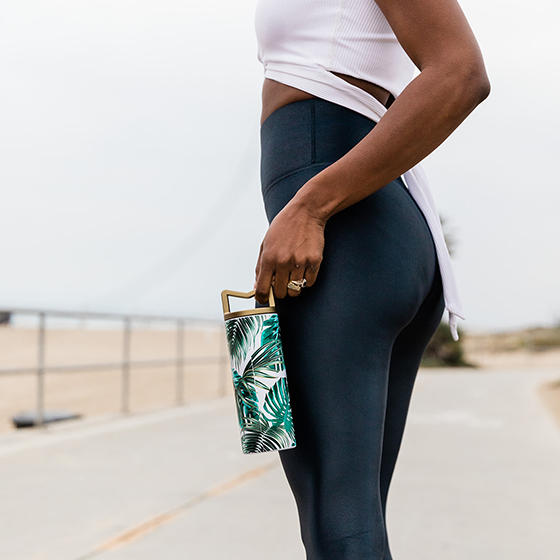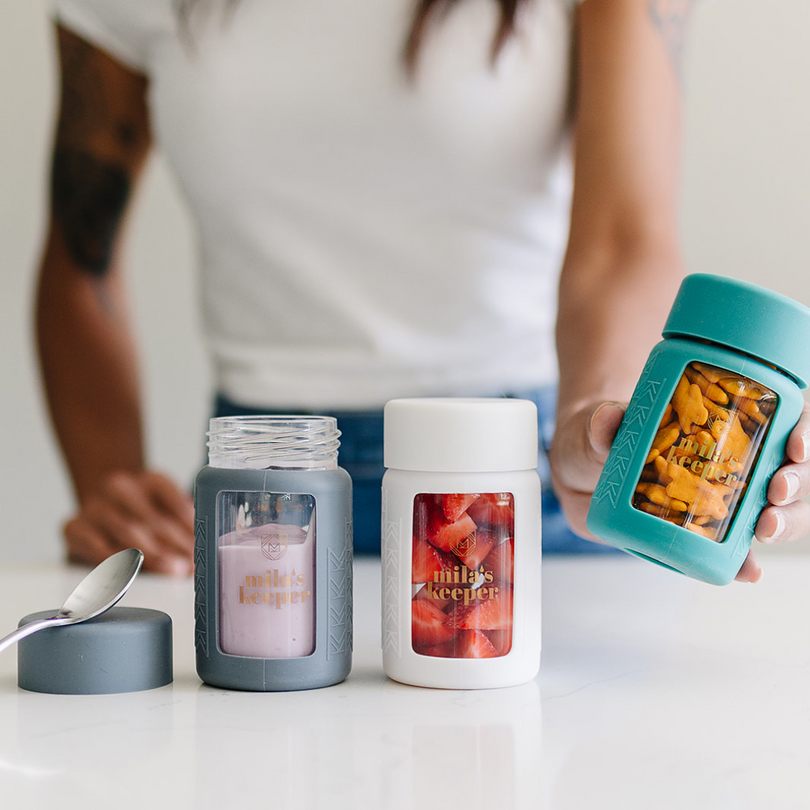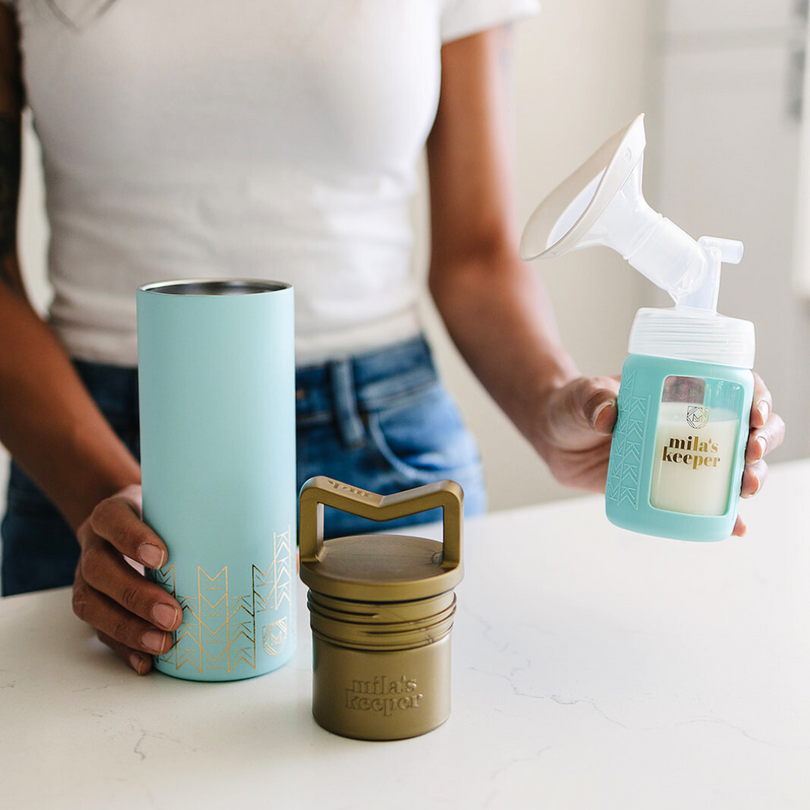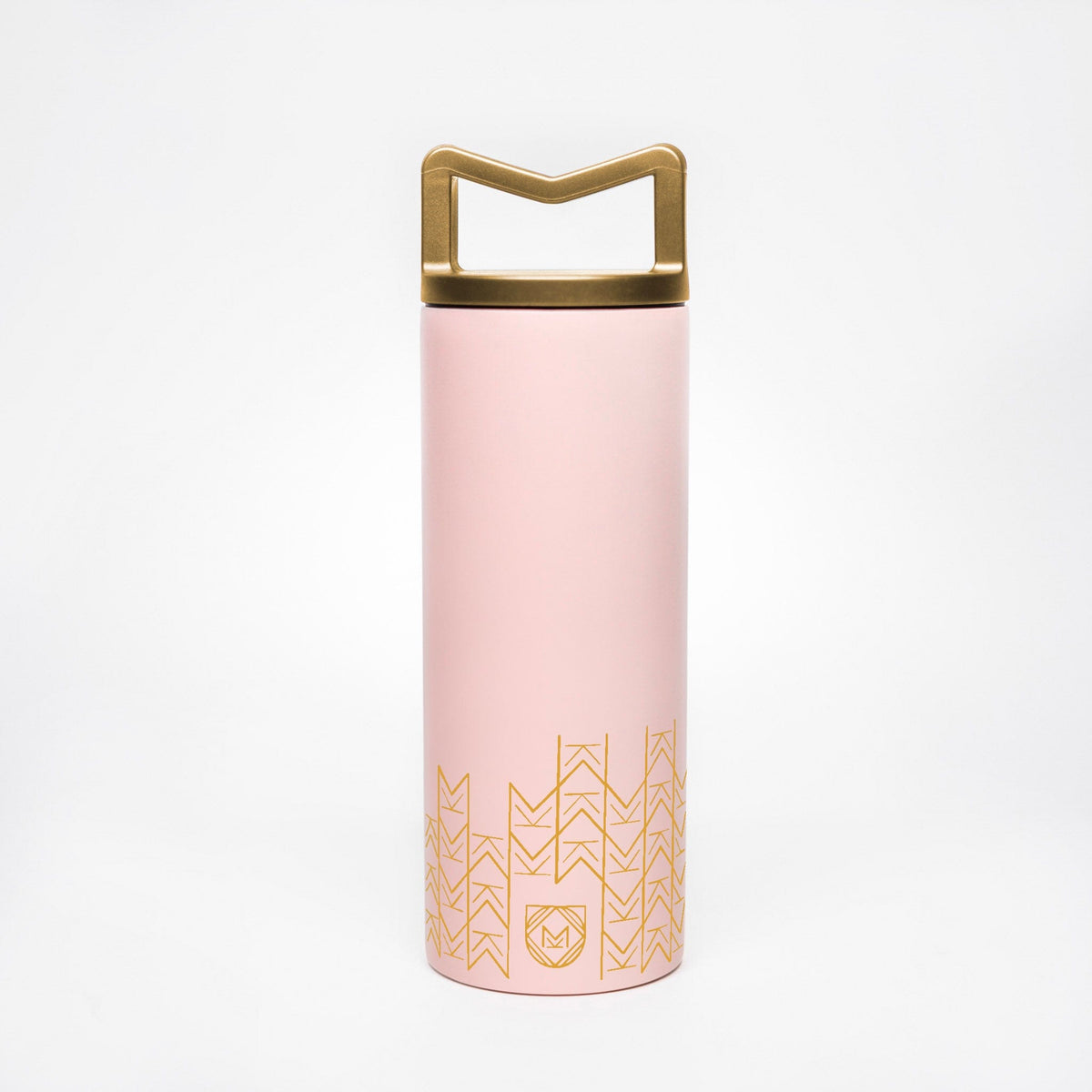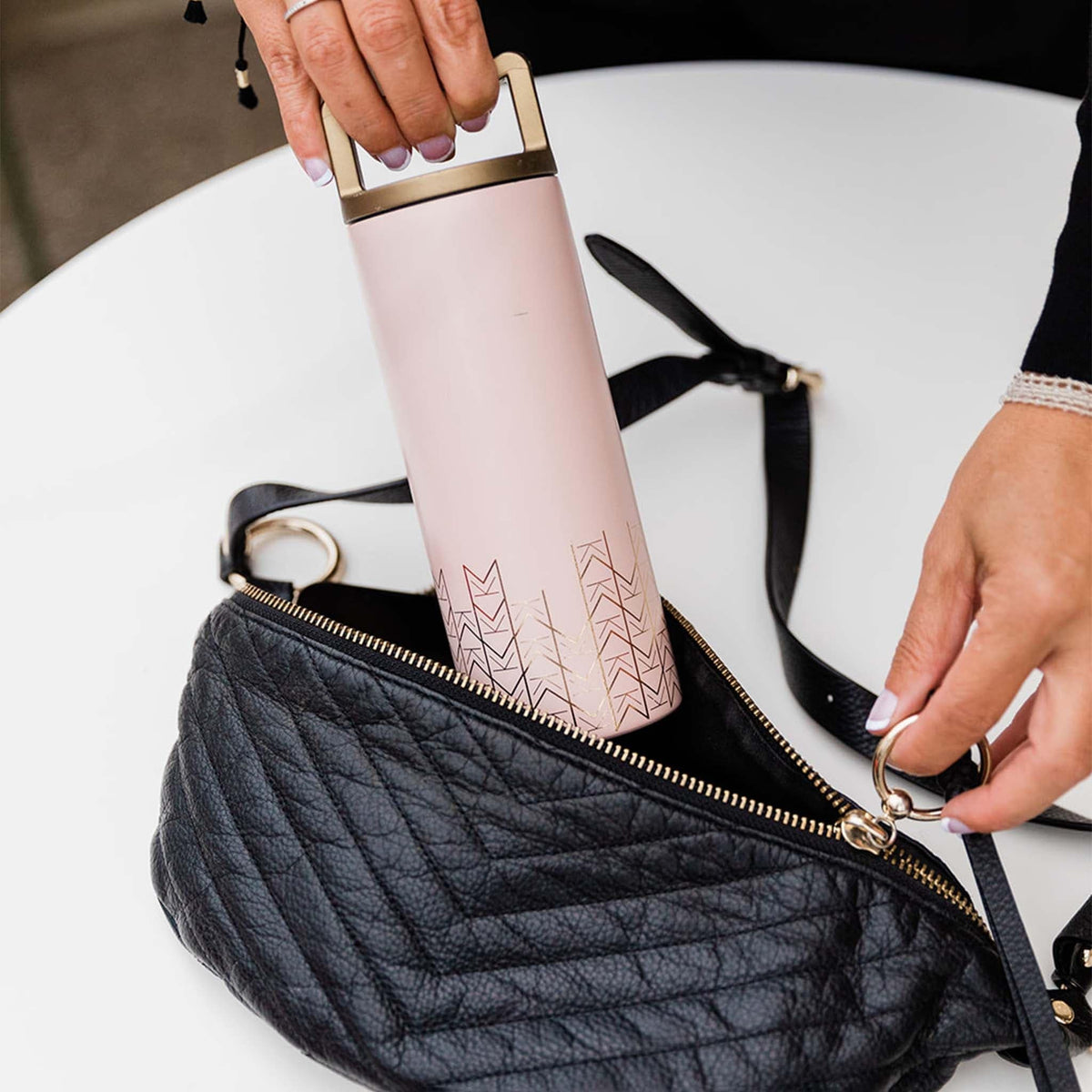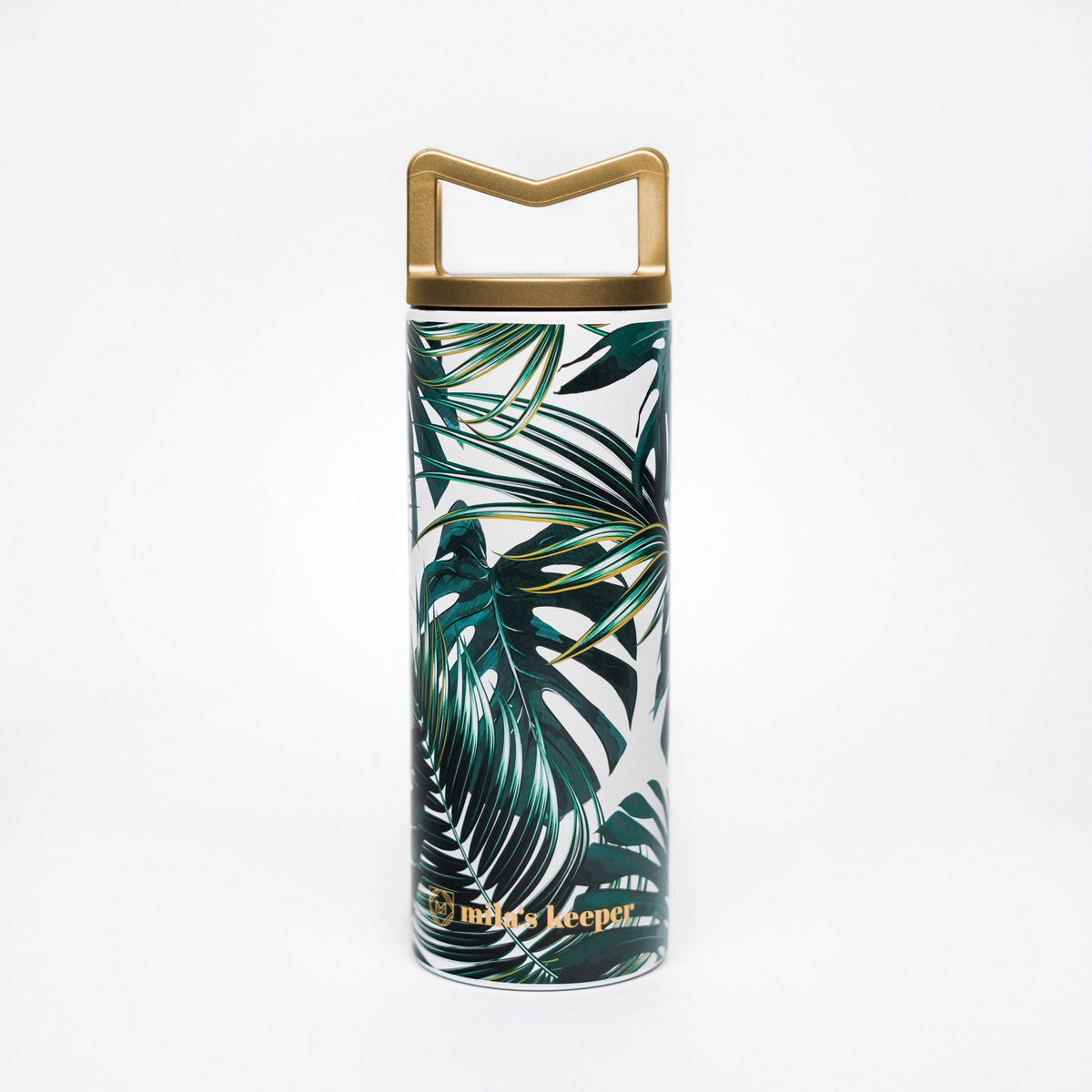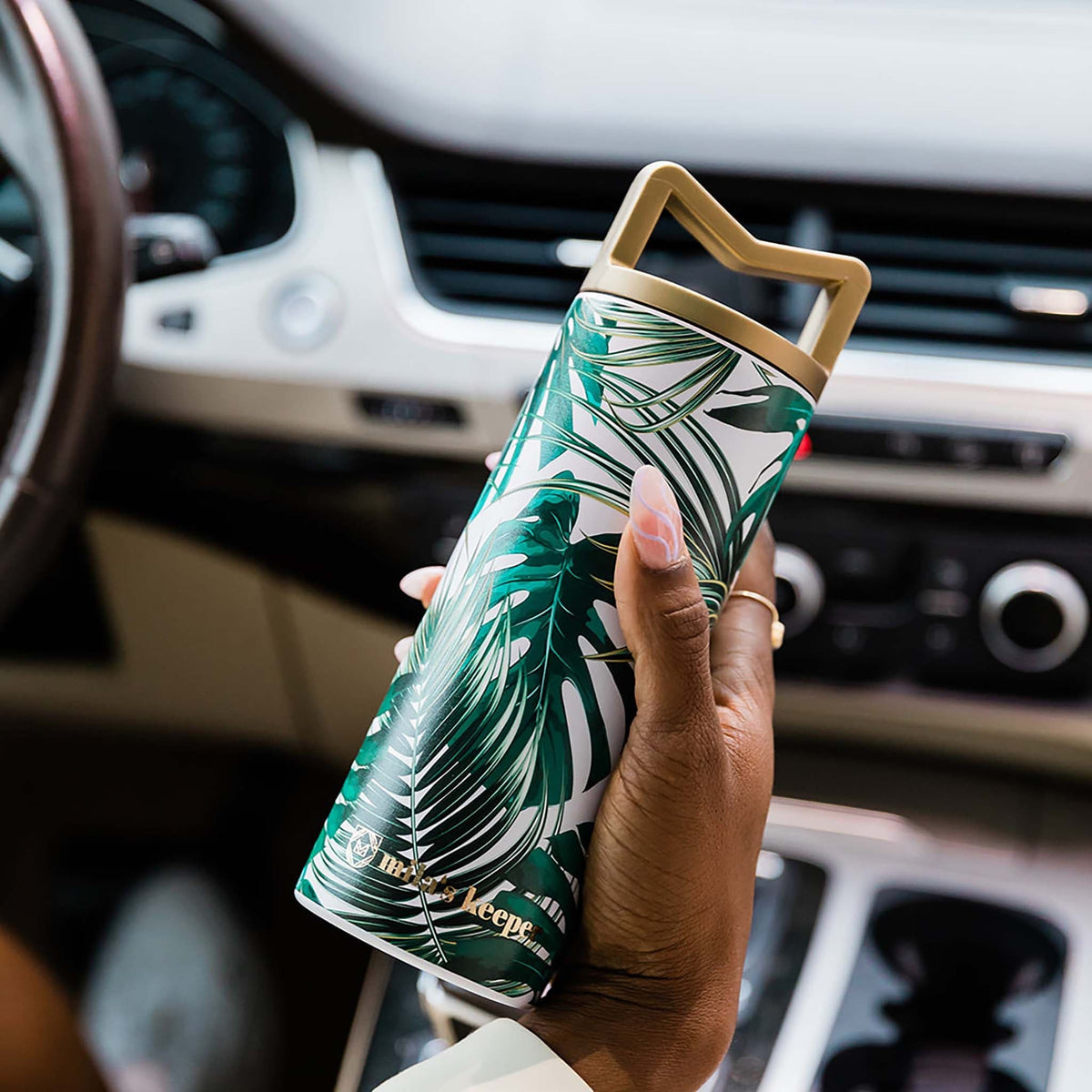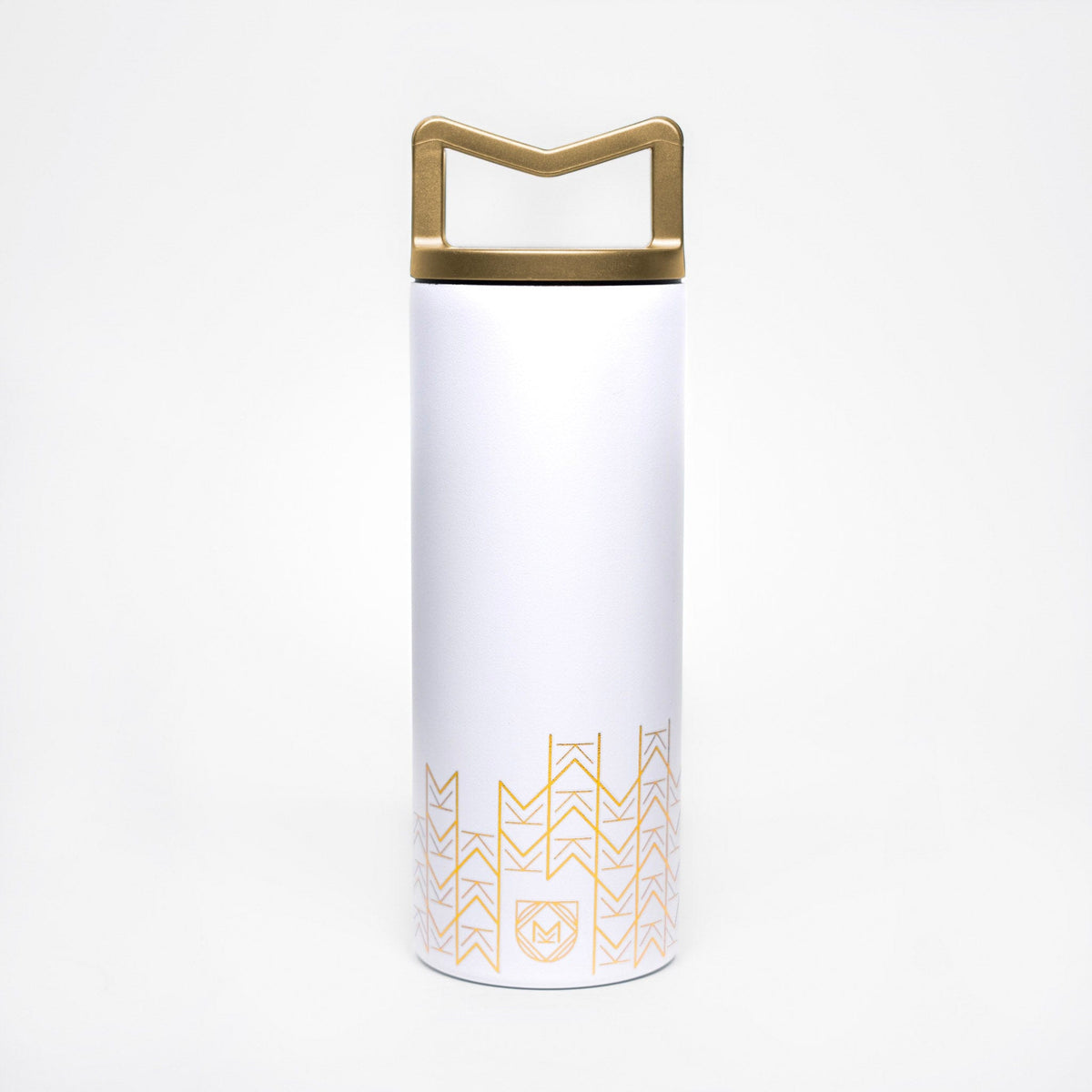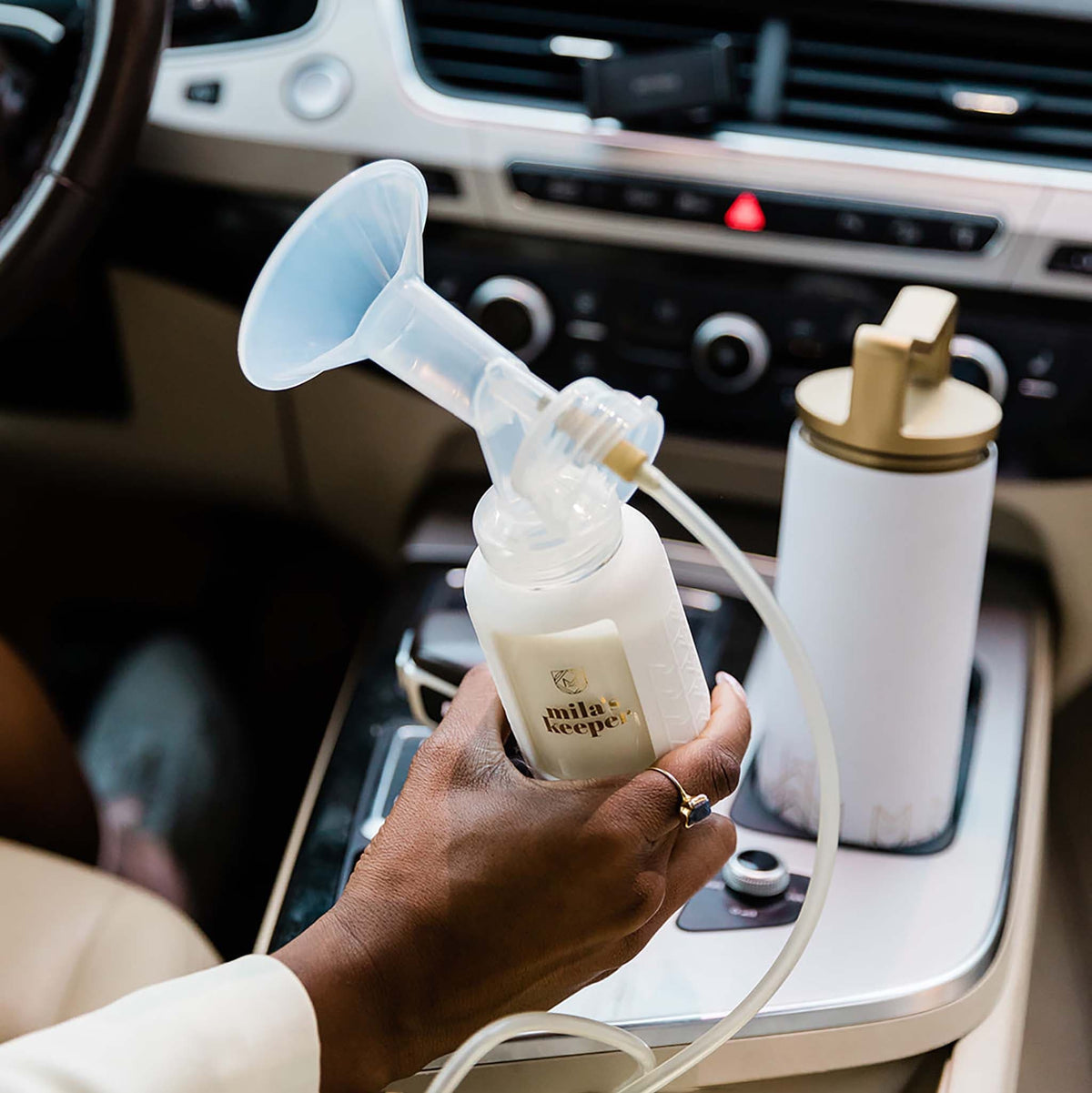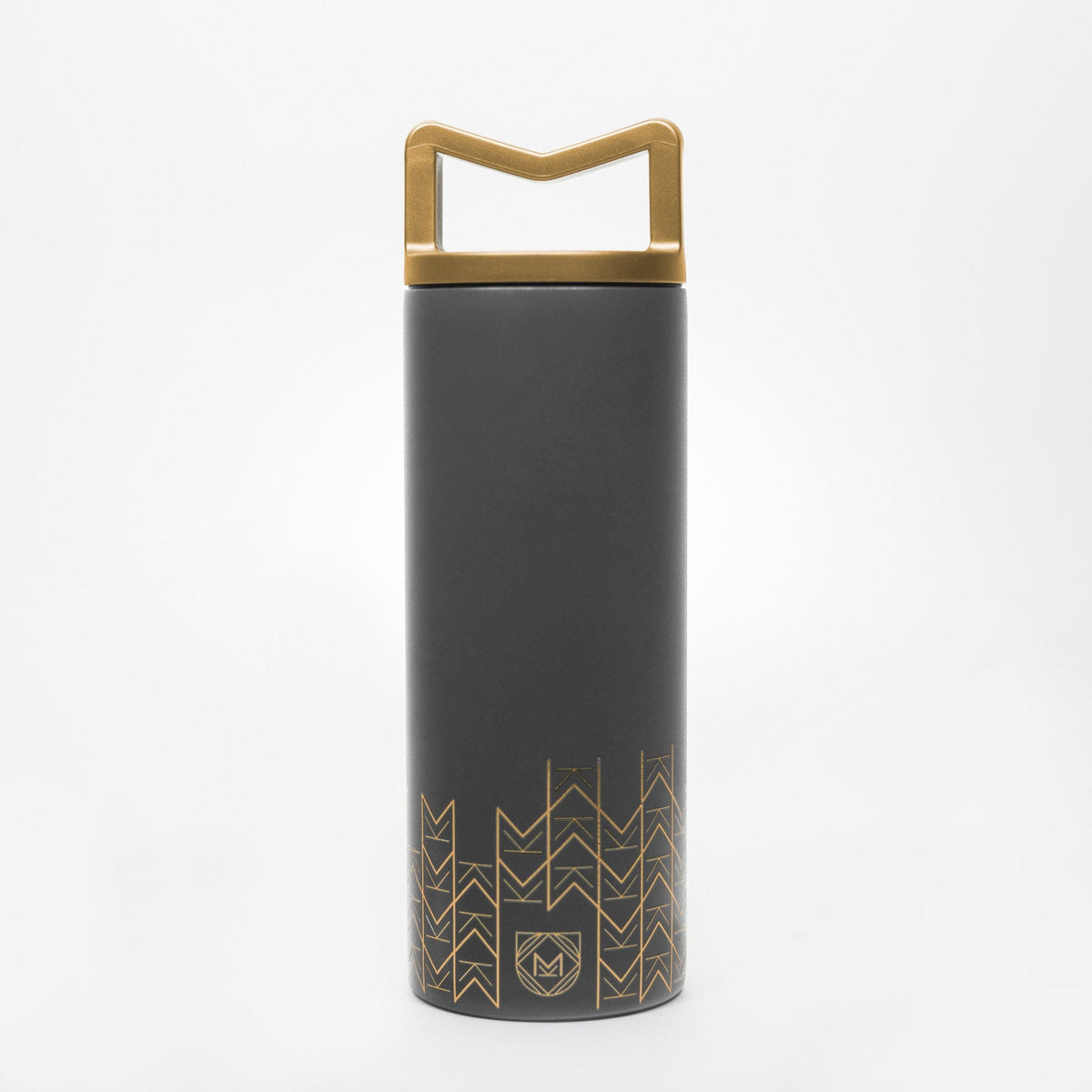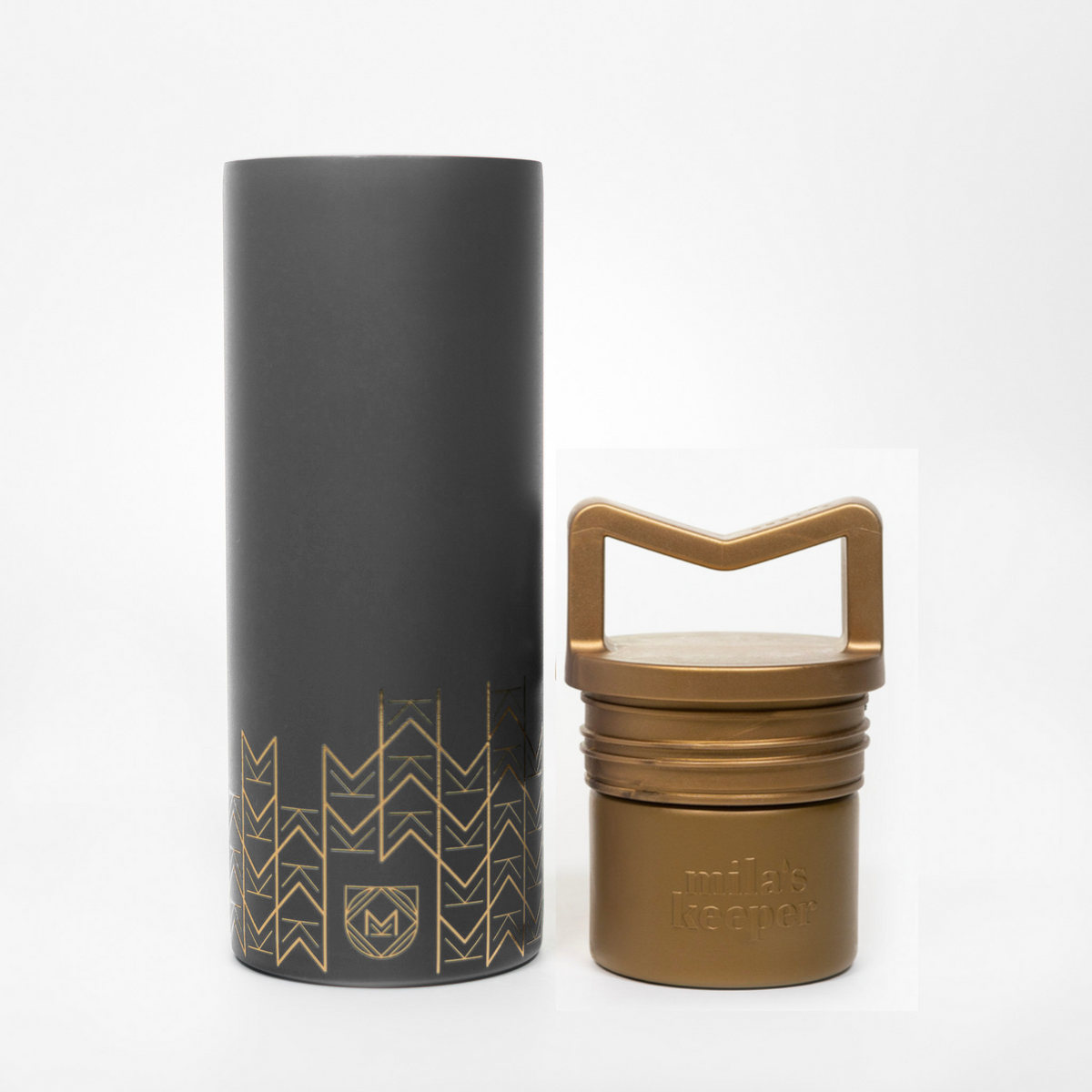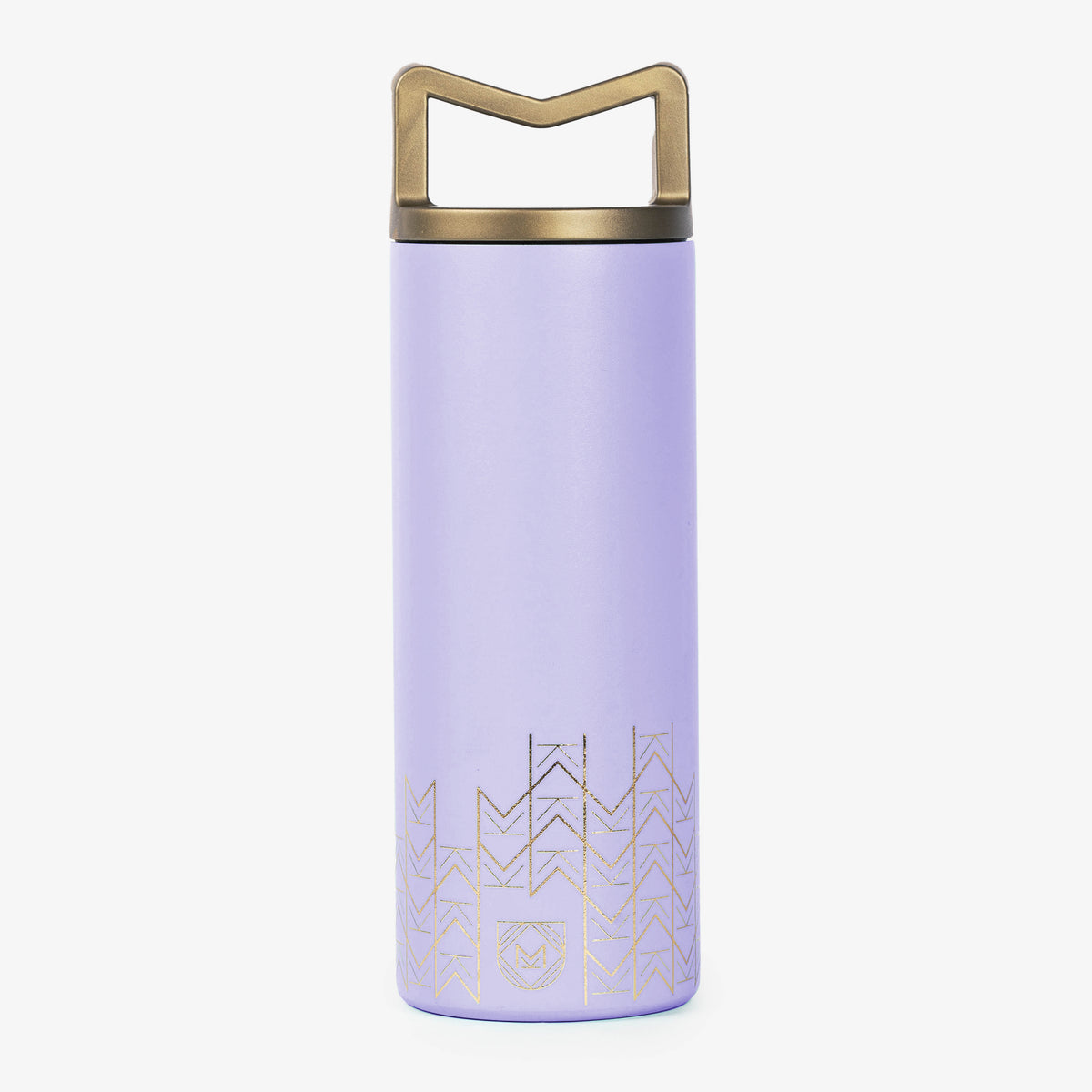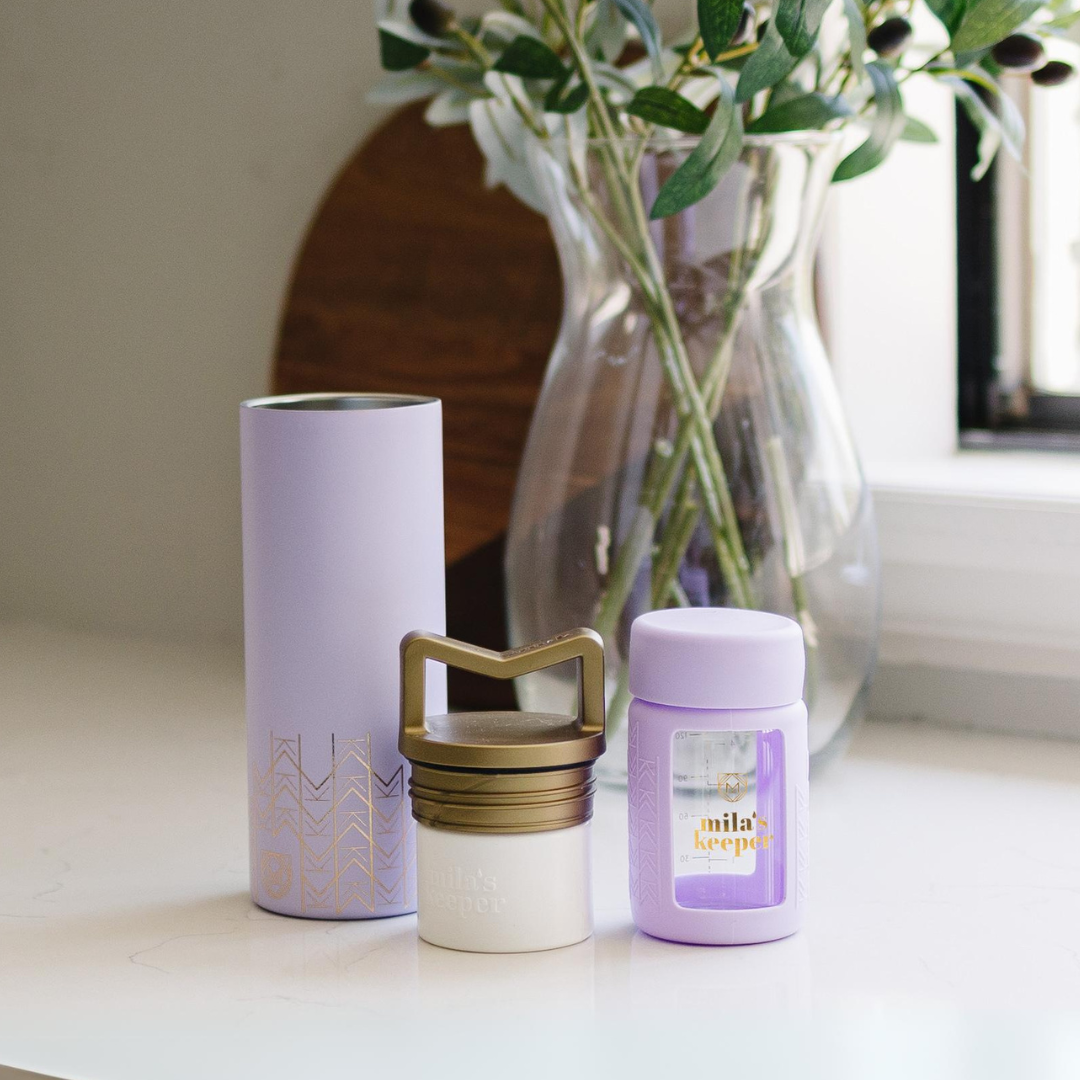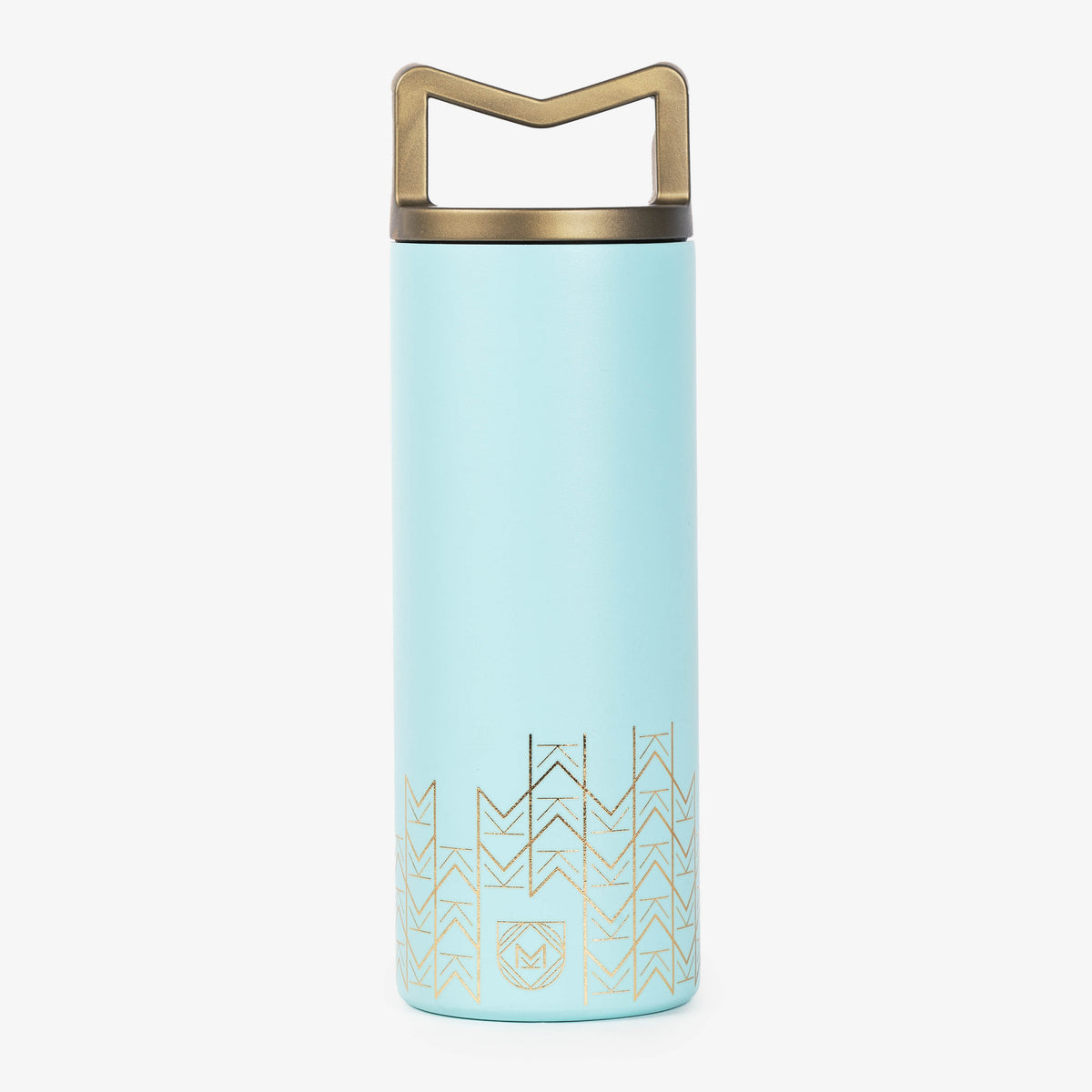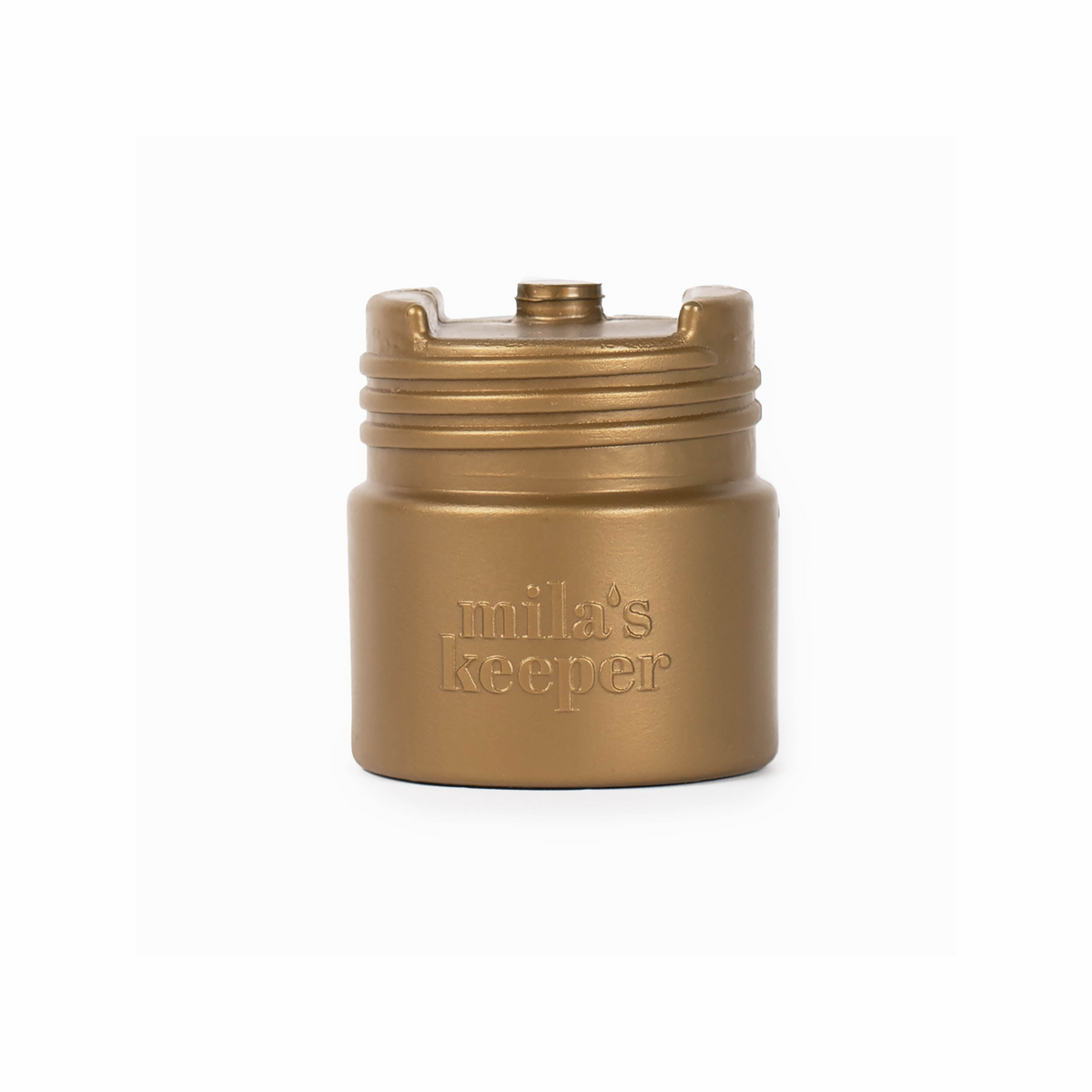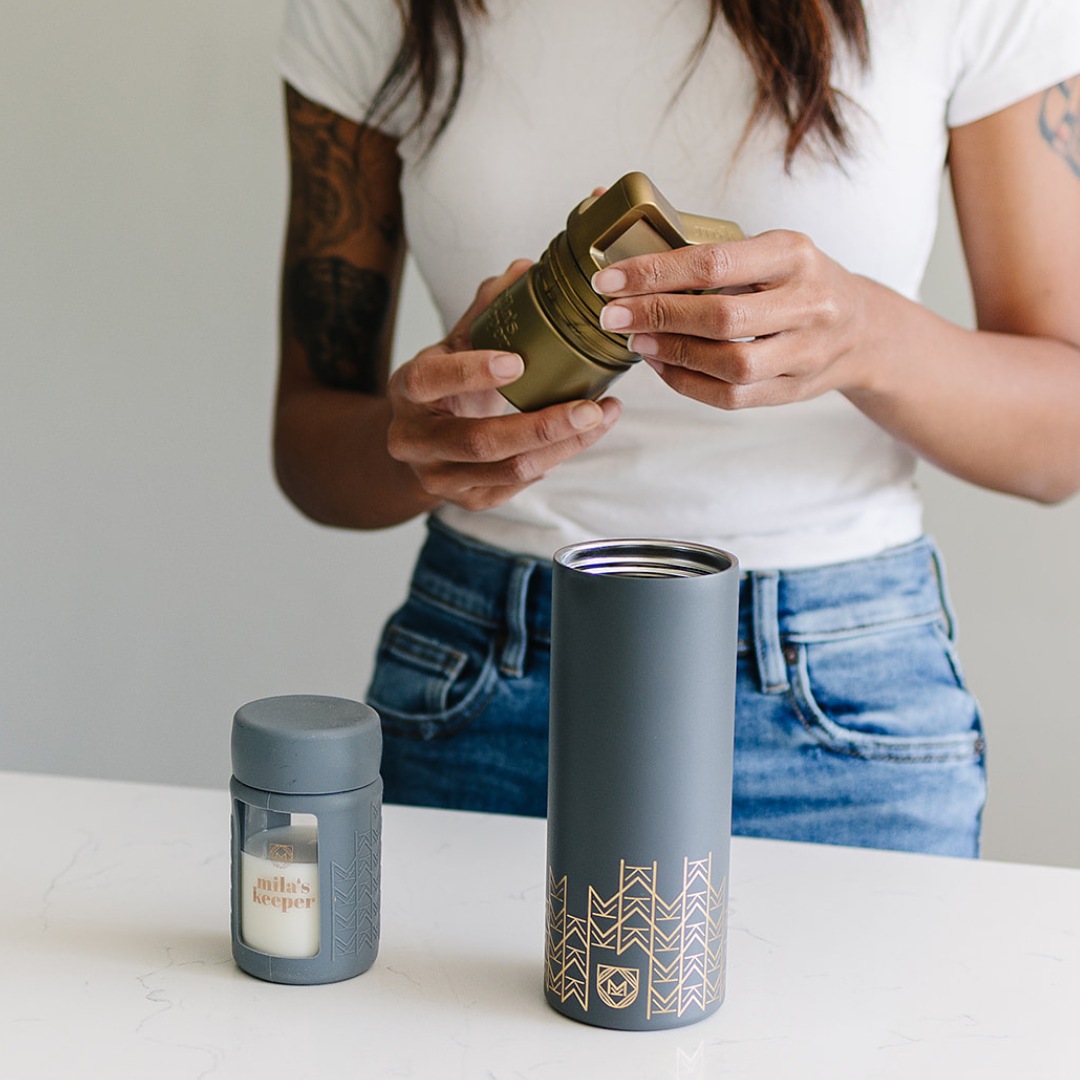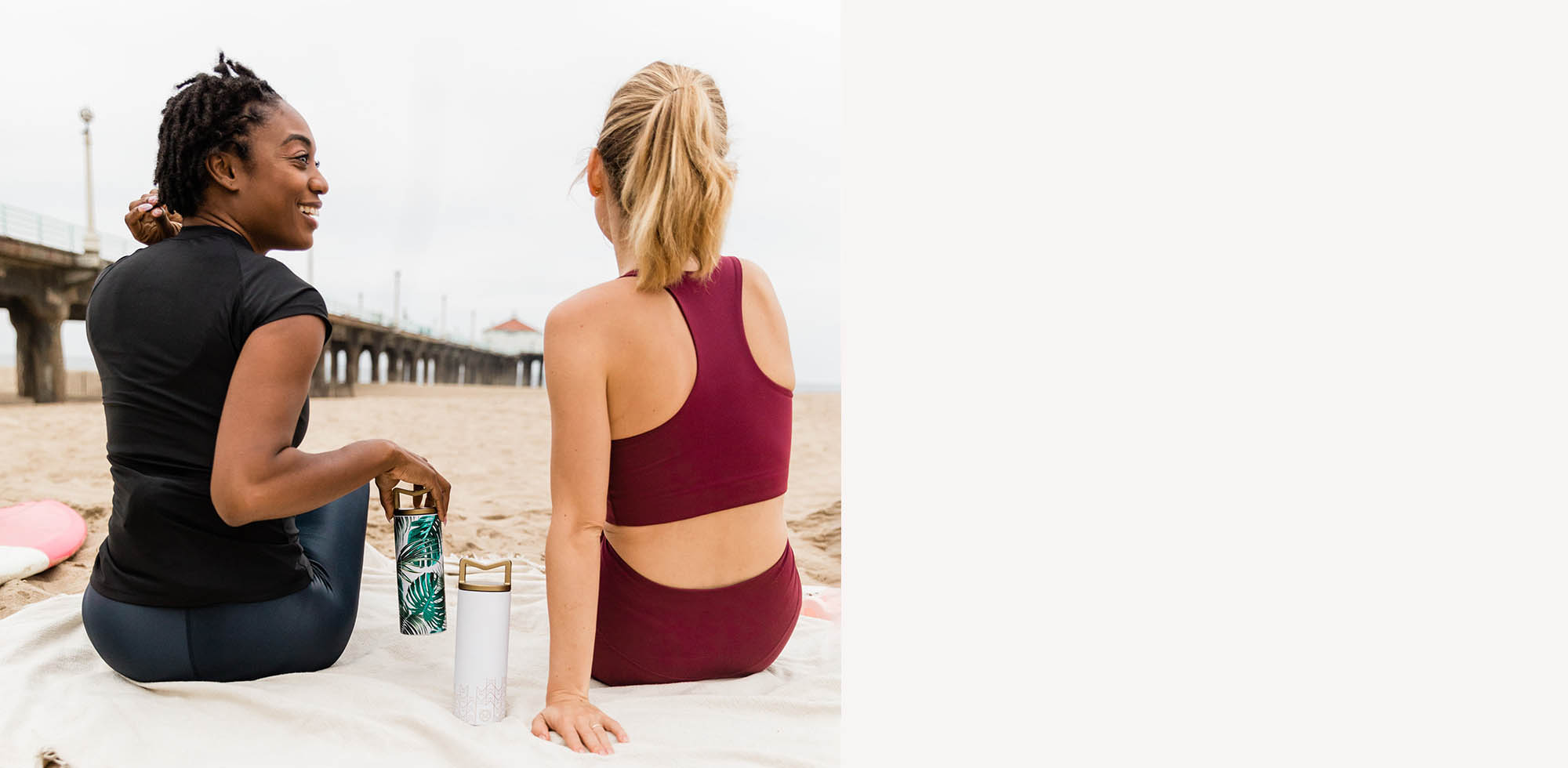For many new nursing moms, encountering nipple pain is a shared experience that often prompts questions and concerns. It might be something you’ve heard nursing mamas talking about, or even experienced yourself.
Experiencing some level of discomfort during breastfeeding is common, particularly in the early stages. Studies indicate that a whopping 90% of breastfeeding mothers may experience nipple pain during breastfeeding initiation, highlighting the prevalence of this challenge.
We’re going to go over some common causes of nipple pain, along with some tips on how to alleviate them. We’ll try to provide you with some insights into how to enhance the overall experience of breastfeeding, ensuring a positive and comfortable bonding experience with your newborn!
Understanding Breastfeeding Nipple Pain
With persistent nipple pain being one of the most common reasons mothers give for ceasing exclusive breastfeeding, it’s an issue that gets lots of attention and that experts continually try to provide support for.
Even though it’s a common issue, it’s important to try and understand what’s causing it. No matter how many times you hear that breastfeeding is painful and it’s just part of the process, you shouldn’t accept it as normal and you should seek support to try to rectify the issue.
In Ina May’s Guide to Breastfeeding, Ina May writes that “Nipple soreness is not a condition that you should try to tolerate. You need to discover the cause of your nipple soreness so that you know what to do about it.”
The frequency and intensity of pain that women have can vary, with many moms experiencing mild discomfort that tends to improve as both the baby and mother become more accustomed to the breastfeeding process.
Physiologically, nipple pain can be attributed to various factors. One primary cause is an improper latch, where the baby may not be securely attached to the breast, leading to friction and irritation.
Additionally, engorgement, a common occurrence as milk supply regulates, can contribute to nipple tenderness. Flat or inverted nipples could also be making it difficult to nurse pain-free. A more serious condition like thrush, caused by a fungal infection, can also manifest as persistent nipple pain.
Understanding the normalcy of nipple pain and its physiological roots is the first step in addressing and overcoming this challenge.

Nipple Pain Causes
Delving into the realm of breastfeeding brings about a wealth of experiences, and for many new mothers, nipple pain is a common concern that requires understanding and proactive management.
A main factor contributing to nipple discomfort is the baby's latch. Scientific studies underscore the importance of achieving a proper latch, emphasizing that a secure attachment minimizes friction and reduces the likelihood of nipple soreness. Ensuring that your baby is latching correctly is akin to unlocking the secret to successful breastfeeding.
Equally crucial is the positioning of the baby during feeds. Research indicates that adopting a feeding position that allows for a wide latch and a deep suck can significantly alleviate nipple pain. This approach ensures a more efficient and comfortable feeding experience for both mom and baby.
Maternal skin sensitivity adds another layer to the nipple pain puzzle. Hormonal fluctuations could render nipples more sensitive, amplifying the discomfort experienced during breastfeeding. Additionally, pre-existing skin conditions such as eczema or dermatitis can exacerbate nipple pain. Recognizing and addressing these factors is essential for mothers seeking relief from discomfort.
Nipple Pain While Breastfeeding
Let's tackle some of the nitty-gritty issues that can throw a wrench into the smooth sailing of breastfeeding. A common culprit is a poor latch, where your little one might not be clamping down quite right. Fear not! Studies suggest that adjusting the latch to ensure a wider, deeper connection can work wonders in alleviating nipple pain.
Another sneaky foe is tongue-tie in babies, a condition where the strip of skin beneath the tongue restricts movement. It sounds dramatic, but the fix can be relatively simple – a minor procedure known as a frenotomy, backed by research as an effective solution.
For some babies, even a tight jaw or neck pain from birth could be contributing to a poor latch. For instances like this, your lactation consultant might recommend a session or two with a chiropractor.
Now, onto the endurance round – frequent feeding sessions. While it's fantastic for bonding, it can also lead to nipple soreness. The good news is that studies highlight the resilience of the breast tissue and recommend applying lanolin or other safe nipple creams between feeds to soothe and protect.

Nipple Pain After Breastfeeding
So, you've wrapped up a feeding session, and instead of feeling the anticipated relief, you're still contending with persistent nipple pain. Let's unpack the reasons behind this lingering discomfort.
One possible culprit is continued skin sensitivity. Even after nursing, hormonal fluctuations can leave your nipples feeling more tender than usual. Applying a soothing, hypoallergenic nipple cream post-feed can offer relief and nurture the delicate skin.
Let's talk about the possibility of infections or inflammations. Scientific studies indicate that conditions like mastitis, characterized by inflammation of the breast tissue, can contribute to persistent nipple pain. Recognizing the signs, such as redness or warmth in the breast, is crucial for early intervention. You may even find a little white dot on the nipple or areola. This is a milk blister, or bleb, and is usually a result of mastitis.
If you suspect an infection, consulting with a healthcare professional can provide targeted solutions to alleviate discomfort.
Nipple Pain from Pumping
Let's get into another aspect of the breastfeeding journey that might be causing some unexpected discomfort – pumping. While breast pumps are invaluable tools for providing flexibility to nursing moms, they can sometimes play a role in the nipple pain saga.
The type of pump you choose matters, as certain models, especially those with rigid flanges, can contribute to unnecessary friction and discomfort. Mila's Keeper breastfeeding products are compatible with leading breast pumps and nipples, making it easy to switch if you need to.
Opting for pumps with softer, silicone inserts or those with adjustable flange sizes can make a significant difference in ensuring a gentler and more comfortable pumping experience.
You want to make sure that the flange you’re using fits properly. If the flange is too small or too big, that could be what’s causing the discomfort.
Beyond the type of pump, paying attention to suction settings is important. It may be tempting to go full throttle, thinking more suction equals better results. However, studies suggest that finding the right balance – a comfortable suction level – can prevent nipple soreness without compromising milk yield. Think of it as a Goldilocks situation – not too much suction, not too little, just right.
It's essential to keep in mind that it's not a competition. Pumping should be a gradual and comfortable process. Slow and steady often wins the race when it comes to expressing milk with minimal discomfort. Moreover, paying attention to technique is key. Ensuring that the flanges are centered over your nipples and breaking the suction properly when you're done can contribute to a more comfortable and efficient pumping experience.
Sometimes lubricating the nipple before pumping can ease the discomfort. Try applying some lanolin or coconut or olive oil either on the base of the nipple or lining the flange with the oil before using.
Remember, the goal is to make pumping a breeze and ensure the comfort of both you and your little one. Making informed choices about your pump, adjusting settings thoughtfully, and maintaining your equipment diligently can go a long way in achieving a pain-free and positive pumping journey.

Nipple Pain Relief: Effective Solutions for Soreness
When nipple pain becomes the unwelcome guest in your breastfeeding journey, relief is the name of the game. The good news is there's a toolbox full of effective solutions to help ease soreness and make each feeding session more comfortable.
Cool compresses are like a breath of fresh air for your nipples, providing instant relief by reducing inflammation. Whether it's a chilled gel pack or even a makeshift ice pack wrapped in a cloth, the cool sensation can work wonders.
Investing in high-quality nipple creams or balms can also be a game-changer. Choose products with hypoallergenic ingredients and no added fragrances to cater to sensitive skin. Lanolin-based creams, often recommended by healthcare professionals, provide a protective barrier while promoting healing. Alternatively, explore nipple creams with herbal ingredients like calendula or chamomile, known for their soothing properties. Some mothers also swear by hydrogel pads, designed specifically for breastfeeding discomfort, offering a cool, hydrating sensation.
Consider trying breast shells or shields, which provide a protective barrier between your nipple and clothing, reducing friction and promoting healing. These can be especially helpful if you're dealing with nipple pain while continuing to breastfeed.
For those seeking a more natural approach, breast milk itself has healing properties. Applying a few drops of breast milk to your nipples and allowing them to air dry can aid in the recovery process. Remember, the key is to experiment and find what works best for you. Every mom is unique, and there's no one-size-fits-all solution.
In the quest for relief, don't hesitate to consult with healthcare professionals or lactation consultants for personalized advice. Whether it's selecting the right products, adjusting your breastfeeding technique, or exploring alternative remedies, there's a wealth of resources to support you on your journey to pain-free and enjoyable breastfeeding. After all, a happy, comfortable mom means a happy, contented baby.

How to Prevent Nipple Pain While Breastfeeding: Practical Strategies
Prevention is often the best cure, and when it comes to nipple pain during breastfeeding, a proactive approach can make all the difference in creating a comfortable and enjoyable experience.
Let's start with the basics: proper latching techniques. Ensuring that your baby latches onto the breast correctly is fundamental. Aim for a wide latch, with your little one taking in as much of the areola as possible. This not only provides them with a better feeding experience but also reduces the chances of nipple pain for you.
Get in touch with a lactation consultant to work out whether or not your baby’s latch is the issue. You can check with your Doctor or hospital to see if they provide the services of a lactation consultant. A lot of times you can get some one-on-one and the lactation consultant will observe you and your baby during a breastfeeding session and give you tips and adjustments to make.
Comfortable breastfeeding positions play a crucial role. Experiment with positions that allow you and your baby to find a rhythm that works best. Whether it's the classic cradle hold, football hold, or side-lying position, finding what's comfortable for both of you is key.
Regular nipple care is another essential component of prevention. Gentle cleansing with water and avoiding harsh soaps can help maintain skin health. Patting your nipples dry rather than rubbing can also minimize irritation. Taking breaks between feeding sessions provides your nipples with some downtime. Letting them air dry and applying a lanolin-based cream or other recommended nipple balm can aid in recovery. We like the organic nipple cream made by Motherlove.
Nipple shields can be a helpful tool, especially if you're dealing with persistent pain. These thin, silicone covers provide a protective barrier while allowing your baby to latch on more easily. Haakaa Nipple Shields are made from 100% soft silicone and are BPA, PVC and Phthalate-free, making them a good choice for mamas looking for natural, non-toxic products. Consult with a lactation consultant or healthcare professional to ensure you're using the correct size and fit.
Similar to nipple shields, nipple cushions, created by BeauGen act as a soft barrier between you and the plastic pump flange. These can be a lifesaver for any pumping mom but especially for those breastfeeding moms who need to pump often such as when returning to work, or those who are exclusive pumpers!
Ensure that your breastfeeding bras and clothing are clean and breathable, and change nursing pads regularly. In addition, practicing good hand hygiene before each feeding session can reduce the risk of introducing harmful bacteria.
Lastly, take care of yourself. Stay hydrated, maintain a balanced diet, and get plenty of rest. A healthy, well-nourished mom is better equipped to handle the demands of breastfeeding, both physically and emotionally.
By incorporating these practical strategies into your breastfeeding routine, you'll not only minimize the risk of nipple pain but also create a positive and nurturing environment for you and your baby. So, here's to pain-free, joyful breastfeeding moments!
Keep Reading related blog: Mastering the Art of Breastfeeding Positions
--
A female-designed and female-run company, Mila's Keeper is on a mission to empower women to thrive during their breastfeeding journey by offering reusable, eco-friendly breast milk storage solutions for their day-to-day needs. Get the latest tips and info on Mila's Keeper products by following us on Facebook, Twitter, Instagram, Pinterest, and LinkedIn.

